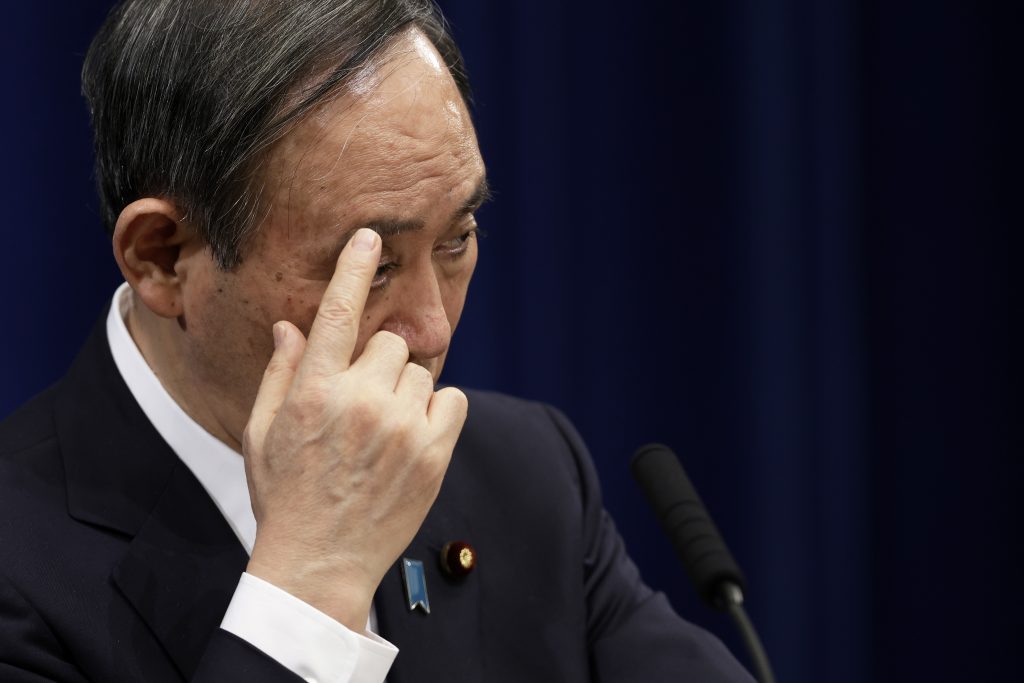
- ARAB NEWS
- 26 Apr 2024

Arab News Japan
TOKYO: Japan’s Prime Minister SUGA Yoshihide’s popularity dropped to 33 percent in a nationwide opinion poll carried out by the Mainichi Shimbun and the Social Survey Research Center on Nov. 16.
The rate of those opposing his Cabinet jumped to 57 percent, surpassing the approval rate with 2 digit number, a sign considered alarming for the ruling coalition.
In Japan, when the support rate of a sitting Prime Minister sinks below the sensitive 30 percent edge, it is rare to rise again and the situation ends up with a new government.
Suga’s cabinet support rate was 40 percent about a month ago and a 64 percent approval rating when it was launched in September 2020.
Only 15 percent of respondents approved Suga administration’s coronavirus countermeasures in a stark contrast with the 66 percent responded they disapproved.
The Mainishi asked about the government’s declaration of a state of emergency over the spread of the coronavirus, and 71 percent said the response came “too late,” exceeding the 18 percent who said “it was appropriate.” Seven percent said it was “unnecessary,” and 5 percent said they were “not sure.” While 50 percent said the state of emergency “should be issued nationwide,” 42 percent said “there is no need for a nationwide declaration,” and 8 percent said they were “not sure,” according to the paper.
The situation for the ruling Liberal Democratic Party (LDP) was not good neither.Only 28 percent of participants, a 5-point drop from the previous poll, expressed support.
The Mainichi said its poll was conducted through texts on mobile phones, as well as recorded questions asked through calls to landlines. There were 711 valid mobile phone respondents and 368 valid landline respondents.